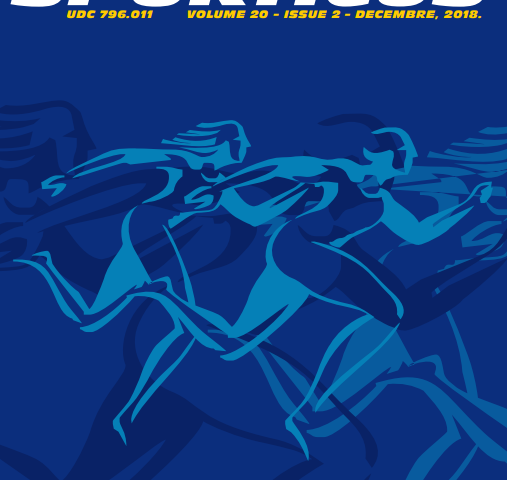Abstract
The aim of this study was to detect differences in some postural characteristics that occur under the influence outside of school physical education among the girls involved in rhythmic gymnastics, and those who are not involved in extracurricular sports activities, and are in early adolescence at the start of puberty. Sample for this study were 100 female students, third and fourth graders, who were divided into two groups. The first group included the students who are actively engaged in rhythmic gymnastics for at least two years (N = 50), and the second group consisted of the students who do not practice any sports (N = 50). The assessment of postural characteristics was analyzed based on a modified method of body posture assessment according to Wolanjski N. (1975). Applicable variables are as follows: the head posture (ADTDG), the shoulder posture (ADTDR), the posture of shoulder blades (ADTDL), the shape of the thorax (ADTGK), vertebral column (ADTKS), the abdomen posture (ADTDS), the shape of the legs (ADTON), feet in line (ADTSS), the overall assessment of body posture – a method per Wolanjski (ADTMW). Also, the height of the body (AVIS) and the body weight (ATEZ) of the students were measured, therefore the body size index was determined (INDEX). Discriminative analysis and T-test results show statistically significant differences in postural characteristics between girls who practice rhythmic gymnastics and schoolgirls who do not. These differences are in favor of gymnasts, as they have better body posture and lower levels of deformities in relation to the schoolgirls of the same age who are not involved in regular training.


